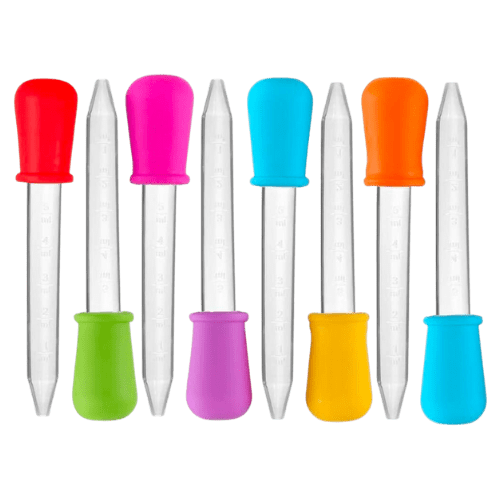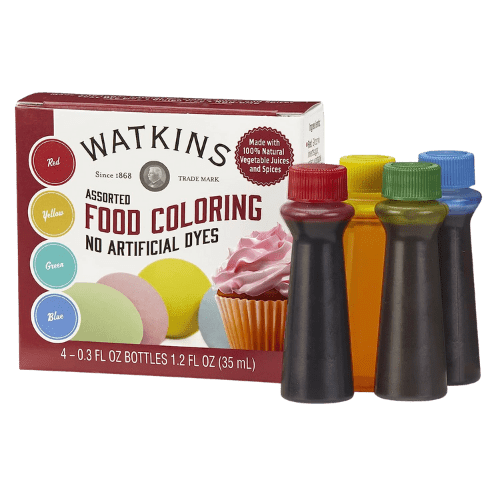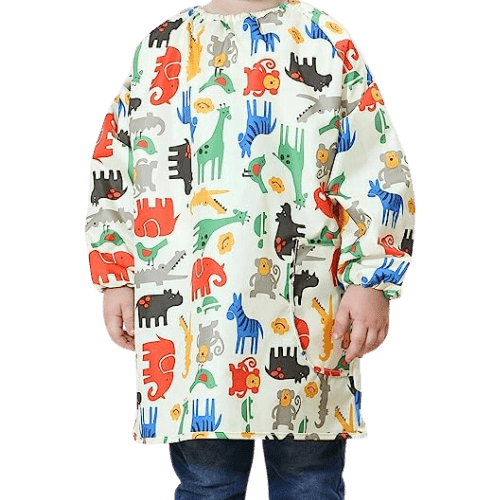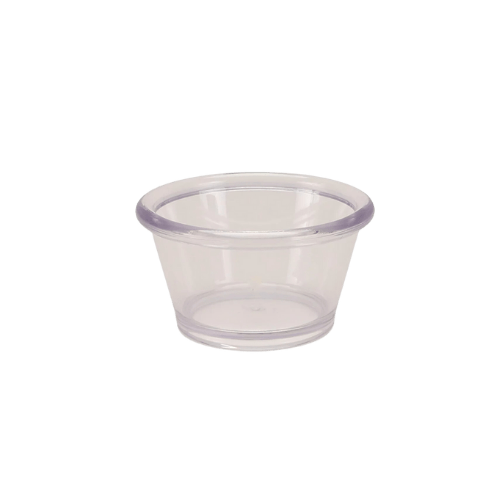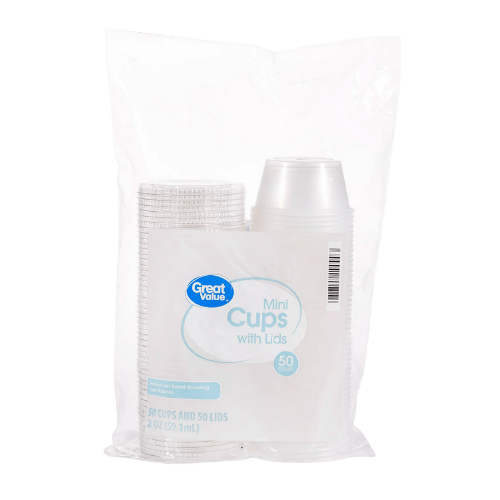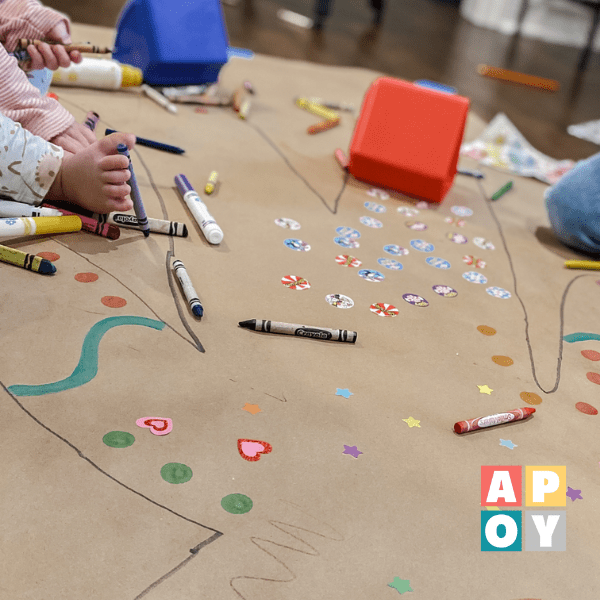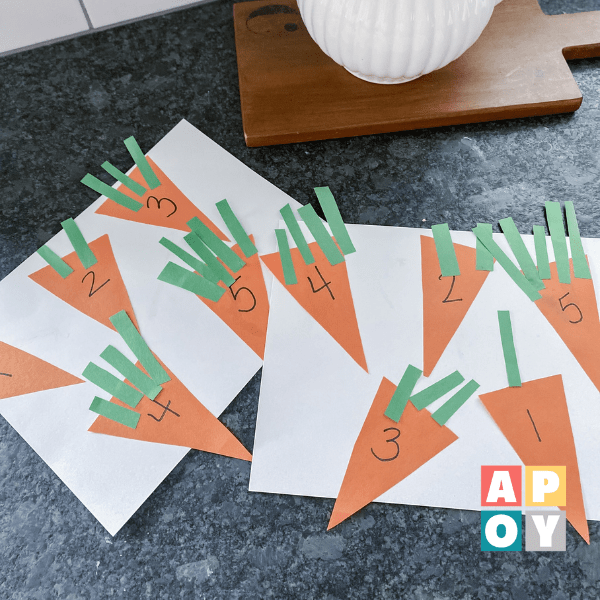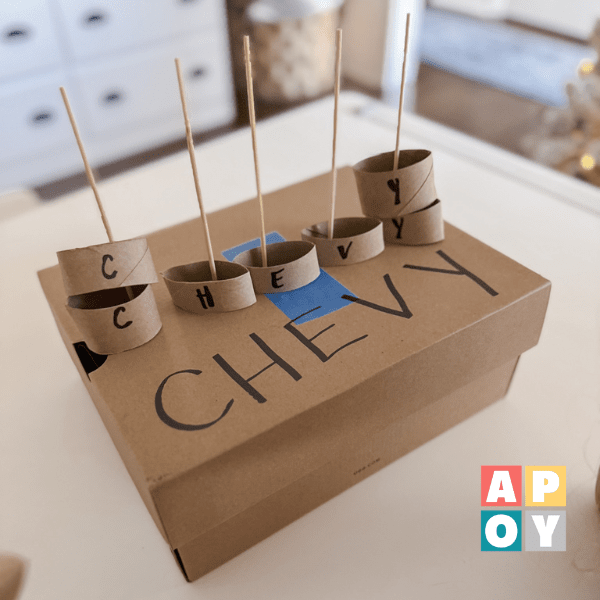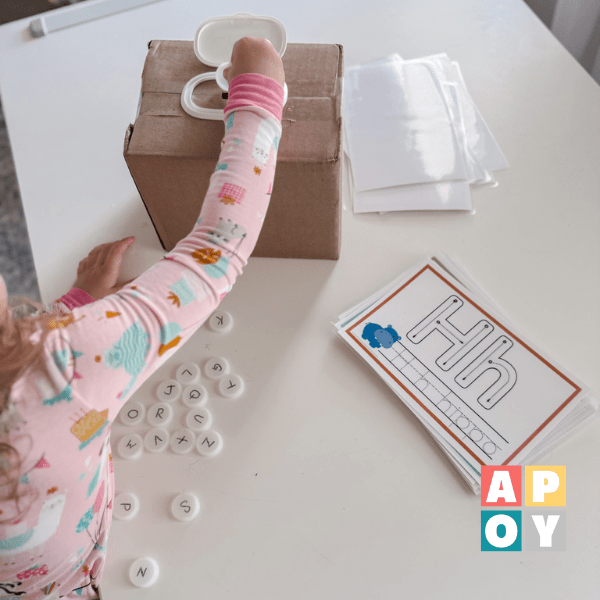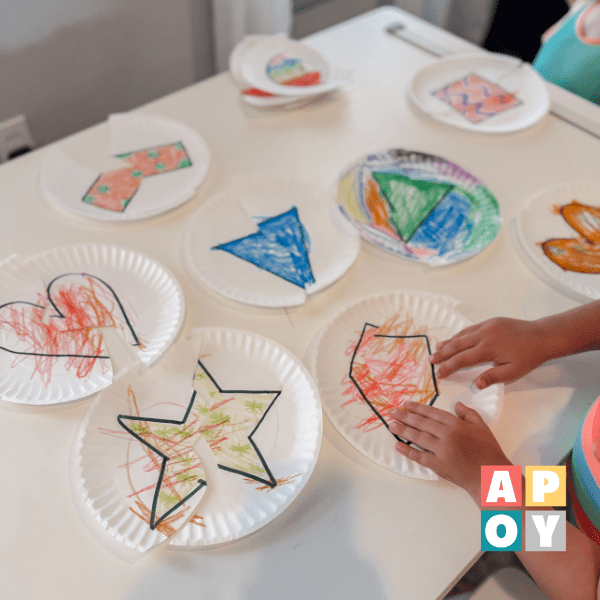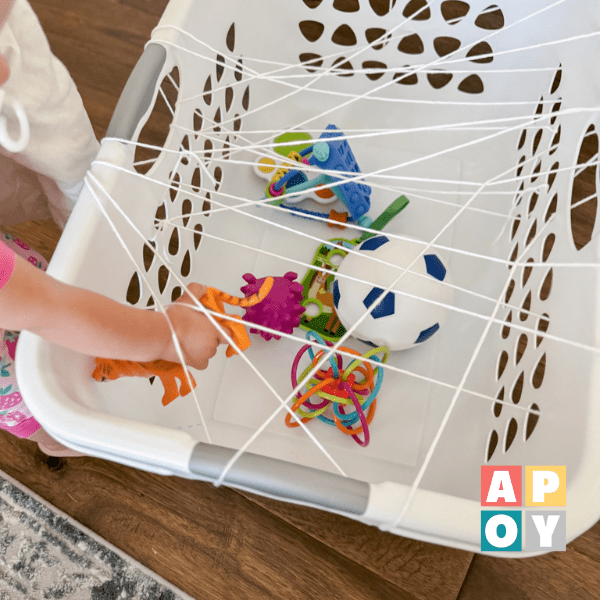Oil and Water Science Experiment: A Simple and Engaging Activity for Kids
Experience the exciting world of science with your kids through a super fun oil and water experiment! This simple activity is a great way to explore why oil and water don’t mix while creating an awesome hands-on learning experience. It’s a perfect opportunity to bond with your little ones and spark their curiosity about science. Keep reading to find out how to set up this easy experiment and let the discovery begin!
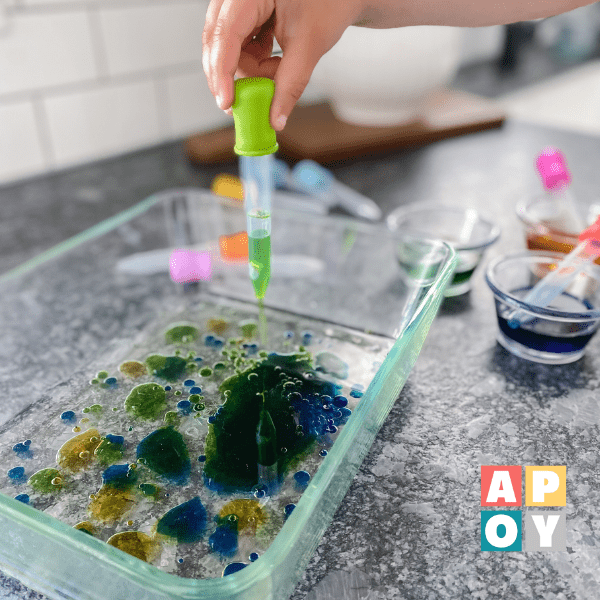
This blog post may contain affiliate links. When you make a purchase through these links, I may earn a small commission, at no additional cost to you. I only recommend products that I genuinely believe can benefit you and your family! Your support helps maintain and improve all things A Pop of You. Thanks so much!
Oil and Water Science Experiment: Let’s Get Messy (and Learn a Lot!)
Here’s the deal: science experiments for kids don’t have to be complicated or Pinterest-perfect. If you’ve got some oil, water, and a curious kiddo, you’re already set for a hands-on, mind-blowing science activity—no lab coat required. Today, we’re diving into the classic oil and water experiment, a simple yet fascinating way to show your little ones how different substances interact.
Grab your coffee, clear a spot on the counter, and let’s do this!
Why Don’t Oil and Water Get Along?
Think of oil and water like those toys that don’t snap together no matter how hard you try. Water molecules are like tiny magnets with positive and negative ends that love sticking together. Oil molecules? Not so much. They’re non-magnetic (non-polar, if we’re getting fancy), so they float around doing their own thing instead of blending in. The result? Layers, droplets, and a little science magic.
What You’ll Need:
- A clear glass or glass baking dish (so you can see all the action)
- Water (plain ol’ tap water works)
- Vegetable oil or any cooking oil
- Condiment dishes (or any small bowls)
- Food coloring (go wild with colors!)
- Eye droppers (but you can improvise if you don’t have them)
- A spoon or stirrer (optional, but stirring is half the fun)
Let’s Get Started:
- Oil First: Pour a layer of oil into your glass or dish. This sets the stage for some colorful chaos.
- Prep the Colors: Fill your condiment dishes with water and add a few drops of food coloring to each. Go bold here—the brighter, the better.
- Drop It Like It’s Hot: Using an eyedropper, suck up some of that colored water and squeeze it into the glass of oil. Watch what happens. Spoiler: it’s mesmerizing.
- Mix It Up: Grab your spoon or stirrer and give everything a gentle mix. What’s happening now? Ask your little scientist to describe what they see.
What’s Happening Here?
So, you’ve got layers, maybe some colorful blobs floating around, and a kid who can’t stop saying, “Whoa!” That’s because oil and water are what scientists call immiscible. Fancy word for, “They’ll never be besties.” The water molecules are busy clinging to each other, leaving the oil molecules to form their own little club on top. It’s a great chance to talk about polarity (positive and negative charges) without sounding like a chemistry textbook.
Chat It Out:
Now’s the time to spark some curiosity:
- “Why do you think the oil is floating on top?”
- “What happens when we stir it? Did anything change?”
- “What do you think would happen if we added something else?”
Encourage those wild guesses! Science is all about questions—even the ones that start with “What if…”
Take It Further:
Feeling ambitious? Here are some ways to level up:
- Switch the Oil: Try olive oil, coconut oil, or even baby oil and compare.
- Play with Temperature: Test cold water versus warm water. Does it change the game?
- Add Dish Soap: What happens when you add a few drops? (Hint: It’s another layer of cool science.)
Why This Experiment is a Big Deal:
This little activity checks all the STEM boxes: observation, prediction, cause and effect, and hands-on exploration. Plus, it’s ridiculously easy to set up and clean up. Your kid gets to play the role of scientist while you sit back (or join in—no judgment) and watch their curiosity explode.
Pro Tip:
Snap some pictures or videos of the experiment to document your mini scientist’s discoveries. Bonus points if you share it with family or friends—science is always more fun when it’s shared!
So there you have it. A simple science experiment that packs a big punch. The next time your kid asks, “Why?” you’ll have a hands-on answer that’s fun, colorful, and sneakily educational. Go ahead, grab those materials, and head into the fascinating world of oil and water. Who says science has to stay in a lab?


Hey There,
I’m Katelyn!

Hi, I’m Katelyn! Join me for creative, intentional family fun and practical home management tips! Parenting is hard, but I’ve got the tools to help you create a calmer, more intentional home!

BROWSE MY
TOY RECS

resourceS

SHOP LEARNING RESOURCES


Subscribe to the empty mug club

GET OUR DAILY TO-DOS FREE!
Plus, get the latest achievable learning activities, easy recipes, storage solutions, teacher-approved toy suggestions + exclusive discounts to Becoming You learning resources straight to your inbox!


About Katelyn Collier , MAT
Katelyn Collier is a former elementary school teacher turned homeschooling mom of three and the founder of A Pop of You. She’s passionate about helping families step away from the pressure of today’s fast-paced culture and create homes filled with presence, joy, and balance. Through her resources and podcast, she shares simple, practical tools to reclaim childhood and make family life feel lighter and more intentional.
Masters DEgree in elementary education
VOICE OF BECOMING UNPOPULAR, A PODCAST COMING SOON!
CREATOR OF BECOMING YOU, A KIDS’ LEARNING RESOURCE LINE


FIND MORE INSPIRATION
Even More Achievable Ideas

